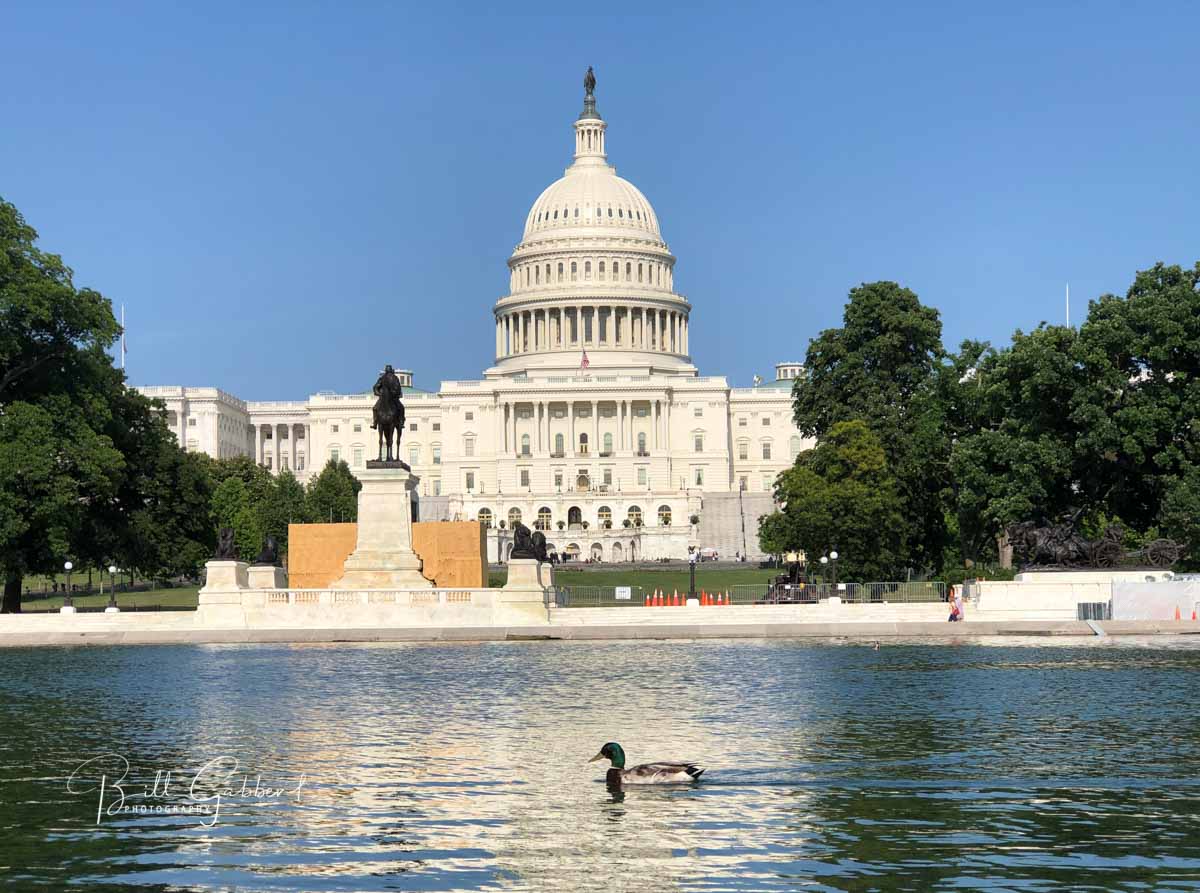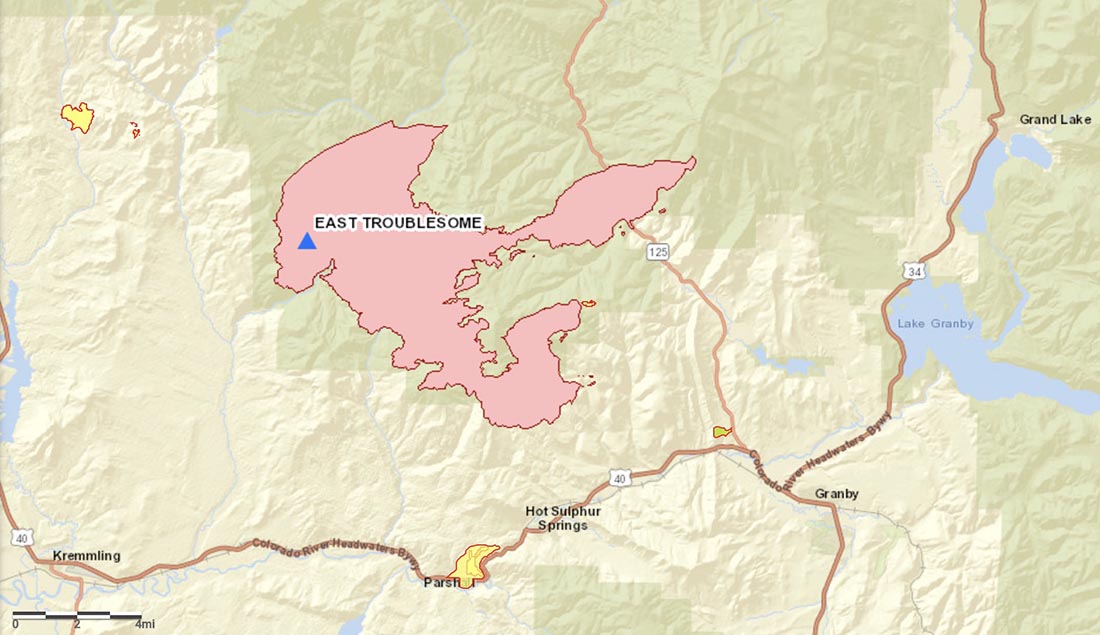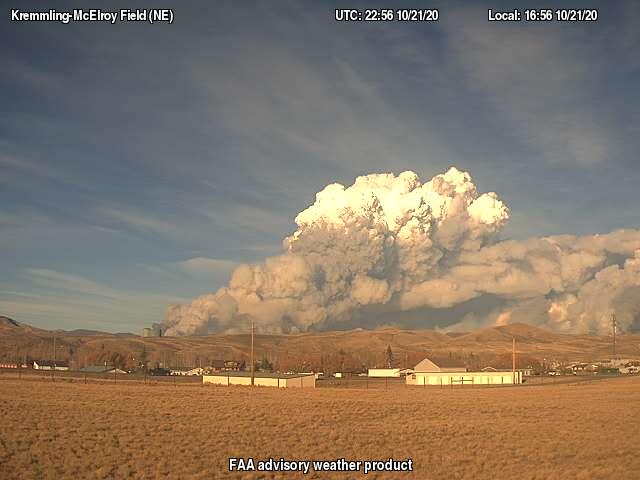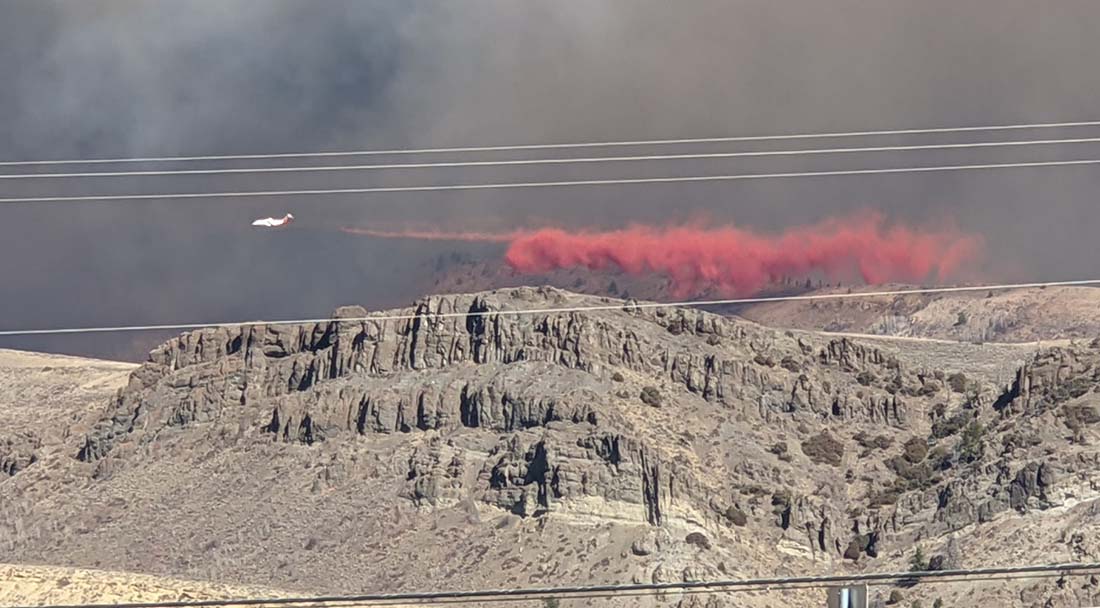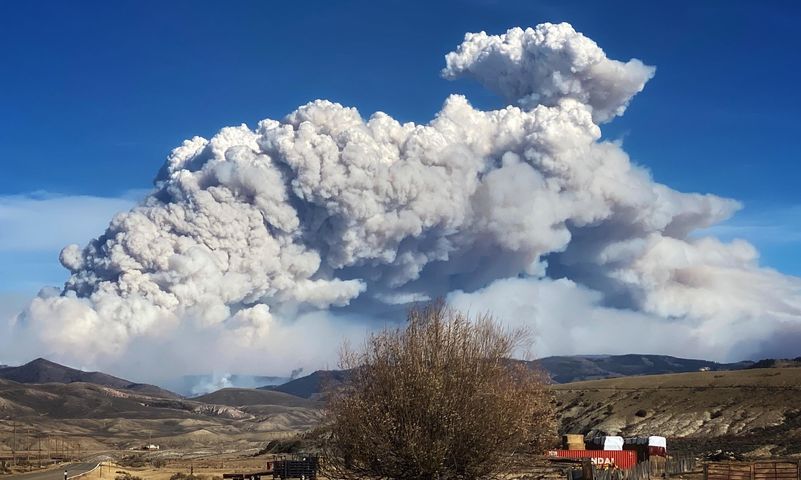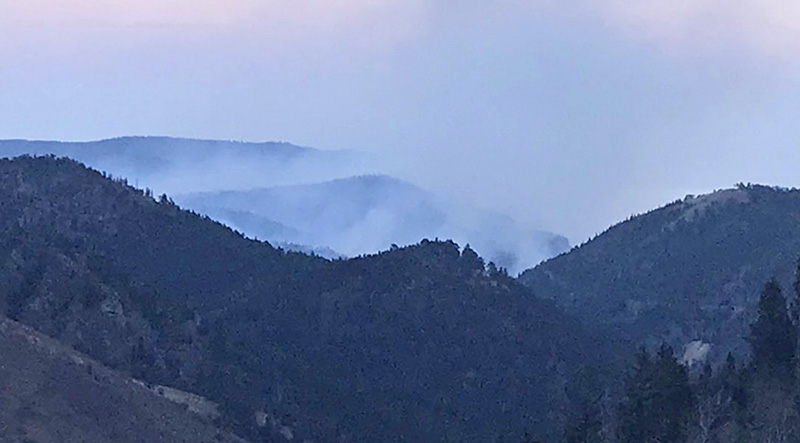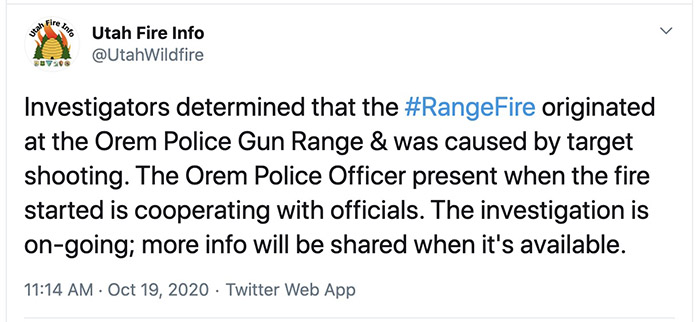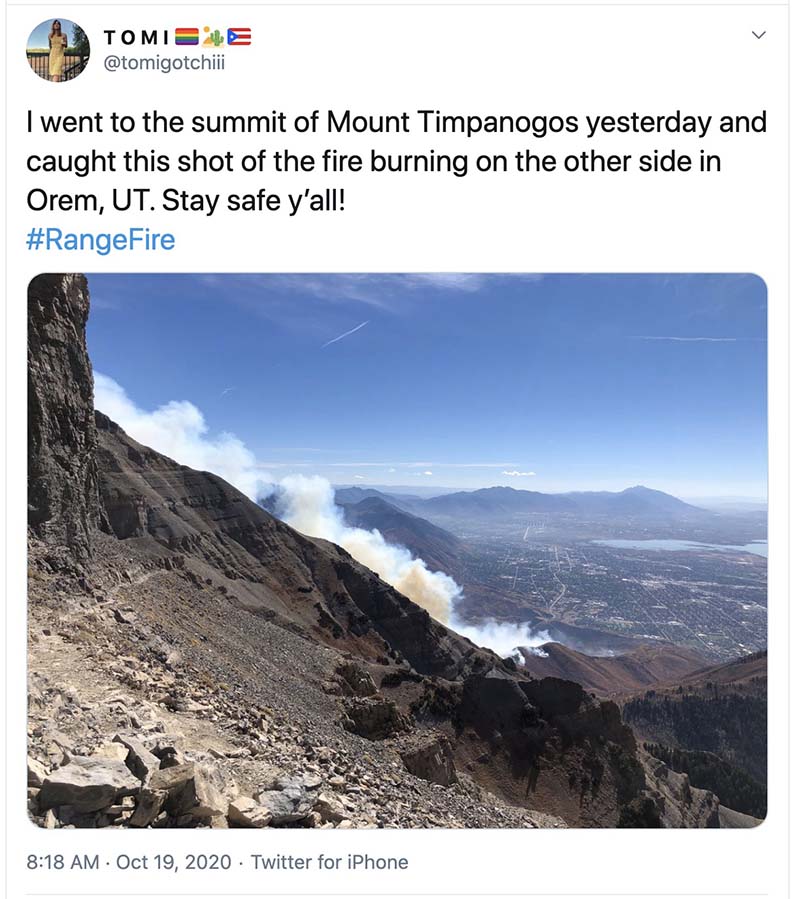In a typical Congressional session only three to five percent of bills that are introduced are actually passed and become law. In this two-year session which is drawing to a close so far only one percent have reached that status. So we don’t get too excited when a bill is introduced that looks like it would be beneficial to wildland fire or land management.
Having said that, there are at least four pending pieces of legislation that have been introduced in the last few months that could be of interest to wildland firefighters.
Wildland Fire Mitigation & Management Commission Act of 2020
Senator Mitt Romney announced the bill October 15 and it has not yet been introduced. As described by the Senator in a press release, it would establish a commission of federal and non-federal stakeholders — including city and county level representation — to study and recommend fire mitigation, management, and rehabilitation policies for forests and grasslands.
The Commission would be jointly managed by the Secretaries of Interior, Agriculture, and Administrator of FEMA, and comprised of 25 members: 8 federal and 17 non-federal members.
It would develop two reports which would be presented to Congress:
- Recommendations to Mitigate and Manage Fires
- Firefighting Aircraft and Aircraft Parts Inventory Assessment
The fact that the Commission would not be dominated by or reporting to the U.S. Forest Service makes it an interesting concept.
National Prescribed Fire Act of 2020 – S.4625
Introduced by Senator Ron Wyden of Oregon September 17, 2020, it has two co-sponsors and has not been referred to committee. I could not find a House version. It seeks to expand the use of prescribed fire on federal land. Up to $300 million would be appropriated each year beginning in FY 2022 based on requests from the Departments of Agriculture and Interior.
The funds could be used to carry out prescribed fire projects, hire additional personnel and procure equipment “including unmanned aerial systems equipped with an aerial ignition systems to implement a greater number of prescribed fires.” Also, to provide training, reseeding, and monitoring for fire effects.
It would authorize assistance to states and local governments:
“(A) to provide federally sponsored insurance administered by States, in conjunction with State- sponsored training and certification programs, for private persons implementing prescribed fires;
(B) to establish a training or certification program for teams comprised of citizens or local fire services to conduct prescribed fires on private land, consistent with any standards developed by the National Wildfire Coordinating Group or State prescribed fire standards;
(C) to enable additional fire managers and apparatus, whether provided by the local resources of an agency, private contractors, nongovernmental organizations, Indian Tribes, local fire services, or qualified individuals, to be present while implementing a prescribed fire”
The bill requires the Agriculture and Interior departments to carry out prescribed fires each year on 1,000,000 to 20,000,000 acres. It also requires, subject to the availability of appropriations, not later than September 30, 2022, the Secretaries shall each have carried out a minimum of 1 prescribed fire on each unit of the National Forest System, unit of the National Wildlife Refuge System, unit of the National Park System, and Bureau of Land Management district if the unit is at least 100 acres (with some exceptions).
It requires the hiring of additional personnel for conducting prescribed fires, authorizes noncompetitive conversions of seasonal firefighters to permanent, employment of formerly incarcerated individuals, establishment of training centers for prescribed fire, “managed-wildfire”, and a virtual prescribed fire training center.
The bill would establish by law that except in the case of gross negligence, a Federal employee planning or overseeing a prescribed fire that escaped– (1) shall not be subject to criminal prosecution; and (2) shall not be subject to civil proceedings, except in accordance with section 2672 of title 28, United States Code. It would also provide up to $1,000,000 to meet with state officials to discuss liability protection for state certified prescribed fire managers.
Emergency Wildfire and Public Safety Act of 2020 – S.4431 and H.R.7978
The Senate version was introduced September 16, 2020 by Senator Dianne Feinstein and has four co-sponsors. The House bill was introduced August 7, 2020 by Rep. Jimmy Panett and has nine co-sponsors. The Senate bill has only been introduced, while the House version has at least made it to committee.
It would require the USDA, in consultation with the Department of the Interior, to initiate three “forest landscape projects”, the definition of which is not more than 75,000 acres. The objectives would be to reduce the risk of wildfire, restore ecological health, and adapt the landscape to the increased risk of wildfire due to climate change.
The bill excludes certain forest management activities from environmental review requirements.
It authorizes the Secretary of Agriculture to declare that an “emergency situation” exists, which would then allow:
“(A) the salvage of dead or dying trees;
(B) the harvest of trees damaged by wind or ice;
(C) the commercial and noncommercial sanitation harvest of trees to control insects or disease, including trees already infested with insects or disease;
(D) the reforestation or replanting of fire- impacted areas through planting, control of competing vegetation, or other activities that enhance natural regeneration and restore forest species”
Wildland Firefighter Recognition Act – S.1682 and H.R.8170
Introduced in the House September 4, 2020 by Rep. Doug LaMalfa, and in the Senate May 23, 2020 by Senator Steve Daines. The Senate bill has gone nowhere, and the House version is in committee.
This bill requires the Office of Personnel Management to develop a distinct wildland firefighter occupational series. The Department of the Interior and the Department of Agriculture must use the series in the advertising and hiring of a wildland firefighter.
The bill requires an employee in a wildland firefighter occupational series to receive a pay differential based on the unusual physical hardship or hazardous nature of the position.
An individual employed as a wildland firefighter on the date on which the occupational series takes effect may (1) remain in the occupational series in which the individual is working, or (2) be included in the wildland firefighter occupational series.
Wildfire Today strongly endorses S.1682 and H.R.8170 and the establishment of the wildland firefighter occupational series with a significant boost in their pay. These jobs are one of the most hazardous, and require a level of knowledge and skill that can take a decade or more to acquire and develop. Wildland firefighters are tactical athletes, special forces, some of whom work well over 100 hours a week with only a few days off each month, traveling around the country separated from their families missing birthdays, anniversaries, and soccer games. Recognizing them and paying what they deserve, could improve retention which could enhance the overall quality of the workforce.
If you have an opinion about these pieces of legislation, contact your elected officials. If you support the Wildland Firefighter Recognition Act, feel free to borrow some of the words in the previous paragraph when you contact your legislators.

